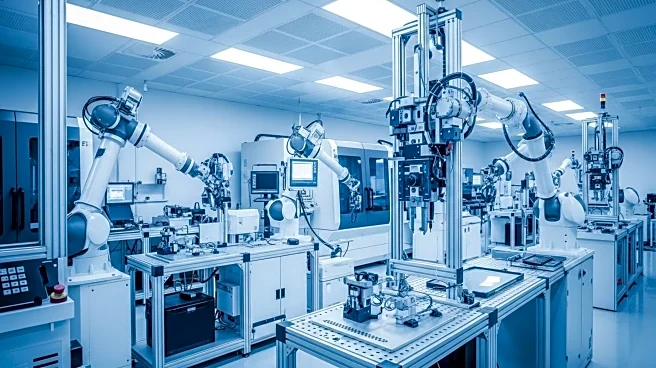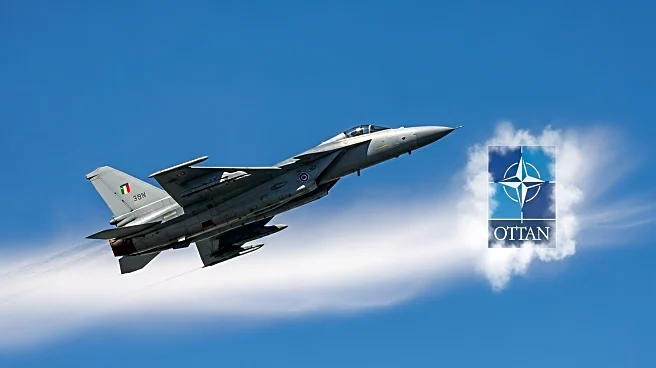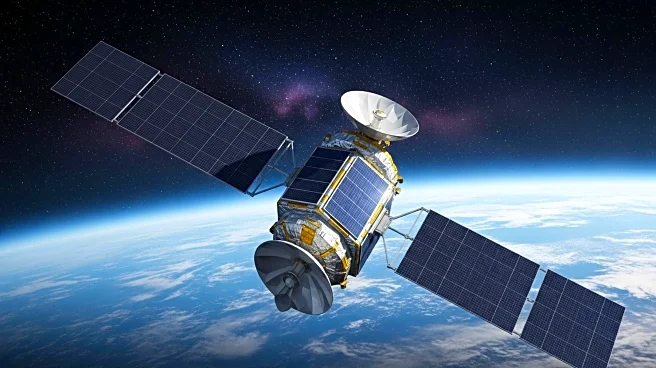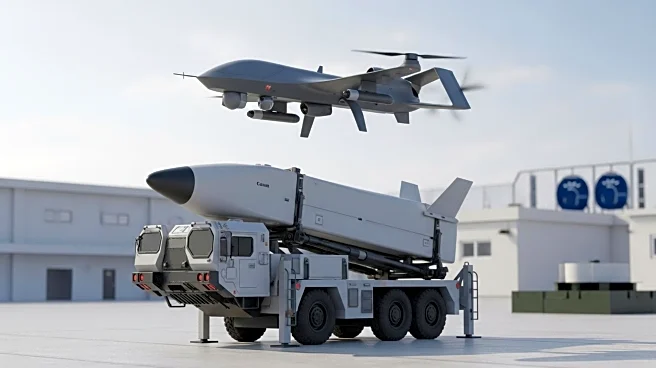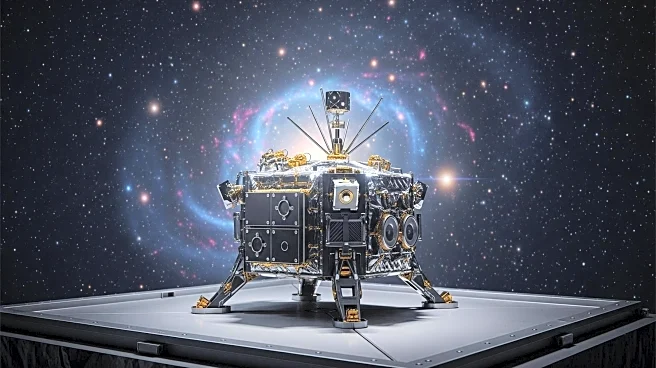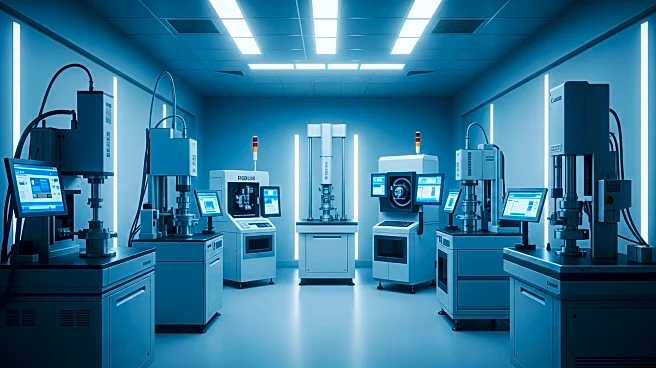What is the story about?
What's Happening?
The 374th Airlift Wing futures office at Yokota Air Base recently hosted members from the Japan Air Self-Defense Force (JASDF) Operations Support Wing and Air Development and Test Command for an additive manufacturing symposium. This event provided JASDF attendees with hands-on experience in both additive and subtractive manufacturing technologies. Additive manufacturing, which builds objects layer by layer from digital designs, offers cost-effective solutions for developing complex components that traditional methods struggle to produce. Subtractive manufacturing, on the other hand, involves cutting or drilling material from a solid block to achieve the desired shape. The symposium aimed to strengthen ties between the U.S. Air Force and JASDF, enhancing operational capabilities and readiness across the Indo-Pacific region. Since 2019, the futures office has been pioneering these technologies to provide rapid, cost-effective solutions for various units, including the 374th Maintenance Group and the 374th Medical Group.
Why It's Important?
The symposium underscores the importance of international collaboration in advancing military technology and operational readiness. By sharing manufacturing innovations, the U.S. Air Force and JASDF can jointly address operational challenges, thereby enhancing their capabilities in the Indo-Pacific region. This collaboration not only reduces costs but also improves efficiency, which is crucial for maintaining aircraft and support equipment. The ability to produce customized components quickly and affordably can significantly reduce downtime and improve the effectiveness of military operations. Furthermore, the partnership between the U.S. and Japan strengthens bilateral interoperability, supporting a shared vision for a free and open Indo-Pacific region.
What's Next?
The symposium is expected to lead to further collaboration between the U.S. Air Force and JASDF in manufacturing technologies. Participants gained insights into the equipment and processes that could benefit their military operations, potentially influencing future decisions on equipment acquisition and training. The ongoing partnership may result in more joint initiatives aimed at enhancing operational capabilities and readiness. As both forces continue to explore advanced manufacturing techniques, they may develop new strategies to address emerging challenges in the region.
Beyond the Headlines
The event highlights the broader implications of technological innovation in military operations. The use of additive and subtractive manufacturing not only reduces costs but also represents a shift towards more sustainable and efficient production methods. This technological advancement could lead to long-term changes in how military forces approach equipment maintenance and development. Additionally, the collaboration between the U.S. and Japan reflects a commitment to strengthening alliances and promoting stability in the Indo-Pacific region.
AI Generated Content
Do you find this article useful?
